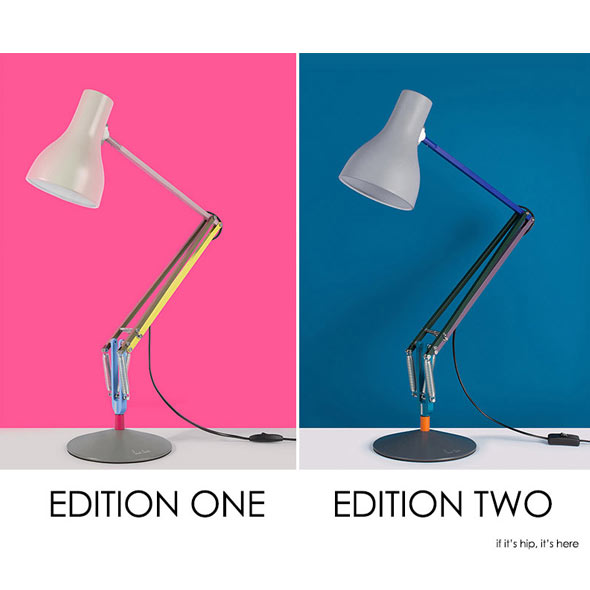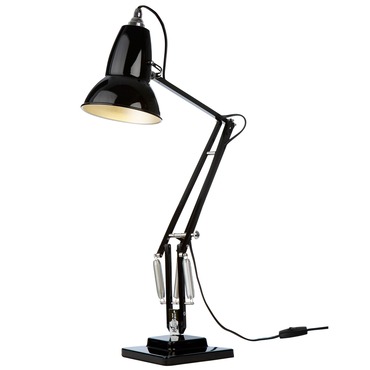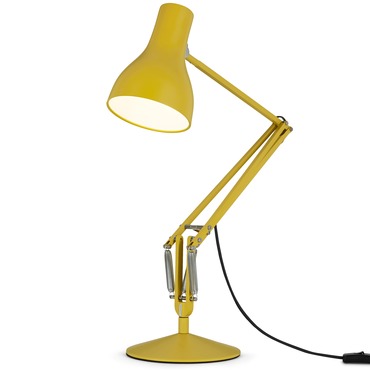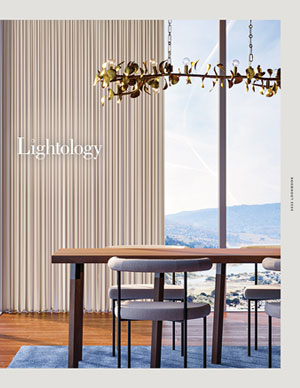- Showroom
- Design Services
- Support Center
- |(866) 954-4489
-
0
Your CartOrder Subtotal0.00
- 0

Anglepoise
The History of an Icon
We all have a story, one that explains our journey to greatness. Eames conquered furniture, BMW set the bar for automobiles, the Gibson Les Paul redefined the guitar and Rolex became the industry standard for watches. So how did British icon Anglepoise become one of the world’s most recognized lighting fixtures? The history may surprise you.
1855
Herbert Terry
Established in 1855, Herbert Terry and Sons spent their early years manufacturing springs and presswork for traders. As the 1920s hit, Terry began developing a wide range of products, including toast racks, pen holders, bicycle saddles and the key to Anglepoise’s success: Springs.

1931
George Carwardine
The lightbulb moment for Anglepoise came in 1931. Automotive Engineer George Carwadine was experimenting with the idea of “constant tension” – perpetually taut springs that allow for flexibility and flawless balance – when voila: Why not combine these springs with task lighting? The foundation for Anglepoise was born, and in 1933 Carwadine patented his idea, securing Anglepoise as an industry leader.
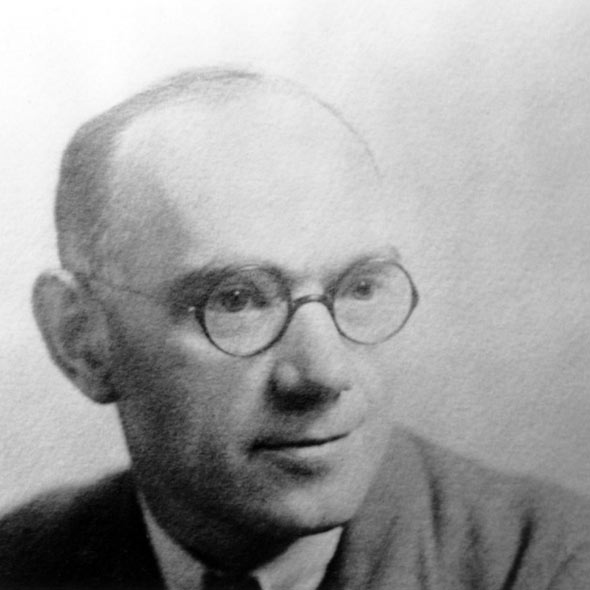
1935
Task Lamp
While the task lamp was a pristine product, it was considered too industrial for domestic interiors. As a solution, Carwardine and the designers at Terry + Sons developed a three spring version of the lamp. While it has been refined over time, it was this design that became known as the Anglepoise Original 1227.
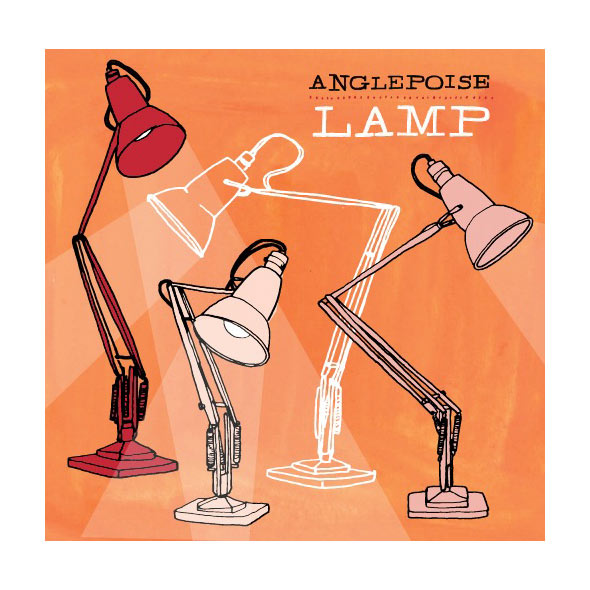
1939
Bombers
In the heat of World War II, Anglepoise Navigator Lamps were manufactured for bomber planes, from 1939 – 1944 to help pilots read their maps. Four decades later, a team of explorers in search of the Loch Ness Monster recovered a Wellington Bomber submerged in the mucky north basin of Loch Ness. Remarkably, the Anglepoise Navigator Lamp inside was still functional.
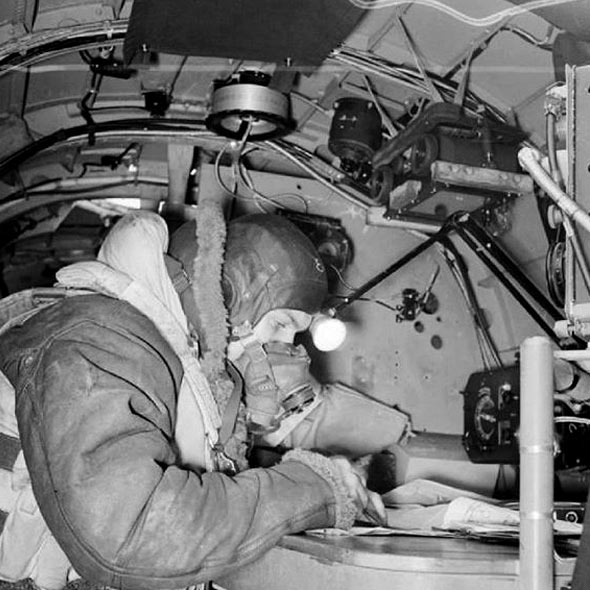
1979
(I want to be an) Anglepoise Lamp
The Anglepoise brand continued to gain iconic status – inspiring musicians, artists, designers and writers alike. In 1979, the punk-pop band, The Soft Boys released “(I want to be an) Anglepoise Lamp.” In 1982, Peter Gabriel released his video for “Shock the Monkey”, which featured a cameo of dancing Anglepoise lamps. Years later in 1985, sculptor David Mach created the giant hand sculpture named “Knuckle Shuffle” out of 260 black Anglepoise Lamps. In 2003, world renowned designer, Sir Kenneth Grange became the Design Director at Anglepoise. His first design being the Type3 Desk Lamp.

1986
Animation Powerhouse
After decades of animators, artists and writers using Anglepoise lamps to light their craft, the iconic design made it to the big screen. Inspired by the movement and familiar Anglepoise look and feel, animation powerhouse Pixar created the short film Luxo Jr., that would go on to inspire their own logo. Directed by John Lasseter, the two-minute short focuses on two task lamps playing with a bouncing ball until the smaller lamp pops it. This iconic film was not only a groundbreaking moment for Pixar, but it shot the cute little task lamp back to stardrom.
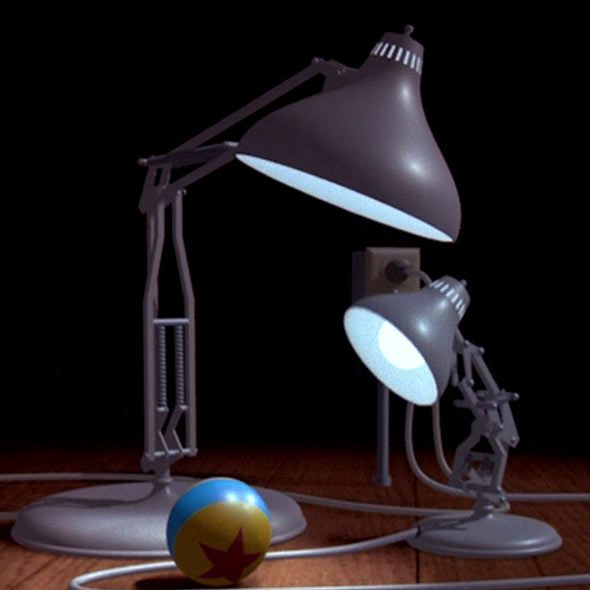
2005
Big Friendly Giant
Famous children’s author Roald Dahl (Charlie and the Chocolate Factory, James and the Giant Peach, Matilda, BFG) approached Anglepoise to construct a giant version of the Anglepoise Original 1227. Three prototypes were made – one sat at the desk of Dahl’s writing nook at the Roald Dahl Museum and Story Centre, one went to the 100% Design Exhibition in London, and the last was purchased by film director Tim Burton (Edward Scissorhands, The Nightmare Before Christmas, Beetlejuice).

2009
Royal Mail Stamp
In celebration of their 75th anniversary, Anglepoise was awarded its very own Royal Mail stamp, along with a variety of other British icons, including The K2 Telephone Kiosk, the Routemaster Bus, the Mini Skirt and the Polypropylene Chair.
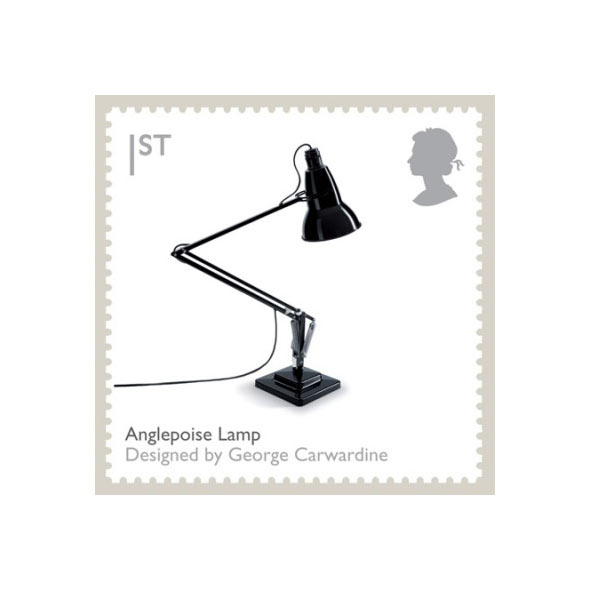
2013
Collaboration
In 2013, the Design Museum in London selected Anglepoise as one of six design stories that illustrate the influence of contemporary design in our everyday lives. Anglepoise marries that legacy with other big names in the design world, including famed fashion icons Margaret Howell and Paul Smith, collaborating on a series of signature colors and fixtures.
